|
How to Grow Fruit & Veggies in Small Spaces Some people have perfect land for gardening: 2-3 acres, full sun, fertile soil. It’s (reportedly) fantastic. Then, there’s the rest of us. Don't think you have enough space to garden? Too much shade? Bad soil? I feel you! When I was a child growing up in a mid-sized city in the Northwestern U.S. my father was our family vegetable gardener. Mom preferred caring for ornamentals, and we kids mowed the “lawn” (Hey – it was green stuff, even if it wasn’t grass!) Dad cleared a great little plot behind the garage which got plenty of all-day sun, applied home-made compost twice per year, and the garden thrived. Fast forward to the first home that my fiancé (now husband) and I shared in New Orleans, and our choices were extremely limited. Our apartment had one balcony, and of course there was no yard. But our little balcony did get plenty of sun, so that’s what we used! Tomatoes and basil loved the heat and humidity out there. We couldn’t grow much in our pots, but we grew what we could. Our current (soon to be former) home is challenging in a different way – There’s plenty of space for garden beds, but now there are SO MANY trees that “full sun” is an impossible dream. Whoever situated our home on this lot thought not one iota about vegetable gardening. SO – we plant what will grow in just 2 hours of full sun per day: lettuce, carrots, potatoes (yes, they don’t get very big), rhubarb, snap peas, and radishes. In the tiny little sunny area right by our deck I’ve wedged blueberry bushes in with our ornamentals, tomatoes grow in pots on the deck, and mixed in with the ornamentals in the front yard we’ve got plum trees and pumpkin plants. Basically: you work with what you’ve got! LESSON 1: PLACE YOUR VEGETABLE GARDEN THOUGHTFULLY Just because there’s grassy space in the yard doesn’t mean vegetables will grow there if you build some garden beds.
If you live in the city, don’t forget you might be able to plant in the grassy/weed strip in front of your house, along the curb
There are many varieties of vegetable that can do well in "partial shade" (AKA less than 6 hours of sun per day.) These include:
LESSON 2: CONSIDER MIXING IN EDIBLE PLANTS WITH ORNAMENTALS
LESSON 3: NO YARD? NO PROBLEMO! Use planters on your deck, your balcony, your apartment or condo's roof, or use a community garden plot My sister lives in an apartment in Brooklyn, NY. Not only does she grow herbs and tomatoes on her balcony, but she rallied her neighbors to put large planter boxes up on the roof of the apartment, where there is full sun all day long. Now she and the other hipster Brooklyn gardeners enjoy fresh veggies and berries all summer long! LESSON 4: A LITTLE BIT OF GARDENING SPACE GOES A LONG WAY With TLC (aka weeding, watering, and applications of compost) a LOT of vegetable matter can grow in a relatively small space! And I’m not just talking about zucchini (although we’ve all been there – I don’t even really LIKE zucchini, but most years I make the mistake of planting 5-6 seedlings. They’re so tiny when they’re young!) Really, though, it’s quite possible to grow happy veggies quite close to other happy veggies! Plant complimentary plants (companion plants) in the same garden beds. If you plant flowers and herbs with your vegetables they can deter pests while also attracting beneficial insects (like bees) to your garden.
Growing certain plants near each other can also improve their flavor. Find out more information here: http://www.burpee.com/gardenadvicecenter/areas-of-interest/flower-gardening/companion-planting-guide/article10888.html Plant in high density 2-3 foot square areas for high-intensity plant production: - Use raised garden boxes that are at least 6 inches deep and divide the boxes into 1-square foot grids (see below). - Fill raised beds with a combination of compost and peat moss (some people also add vermiculite thereby making a 1/3-1/3-1/3 mixture). According to Home Depot, Vermiculite is an organic soil amendment which promotes faster root growth, helps retain air, plant food and moisture, and provides the necessary air to maintain vigorous plant growth. - This chart from the University of Arizona Cooperative Extension shows how closely to plant crops when using the high-density raised bed method: - If you live in a cold climate (like the Pacific Northwest or the East Coast) with just one growing season, apply compost to your raised beds once per year (in the fall). If you live in a warmer climate, like the South or the Southwest, where there are two growing seasons, apply compost to your raised beds twice per year (in the spring and fall). I'll talk more about composting in a future blog post. - Make the most of your vertical space - grow vine crops on supports.
FINAL TIPS: Plant food you like to eat!
Happy gardening, everyone!
1 Comment
TJ Legge
1/3/2018 07:26:48 pm
Some of us need deer fencing to protect our gardens. Or perhaps we should plant a garden for the deer so they leave our vegetable garden alone!
Reply
Leave a Reply. |
AuthorAndrea is a mother, wife, doctor, triathlete & preparedness enthusiast. Archives
March 2020
Categories |
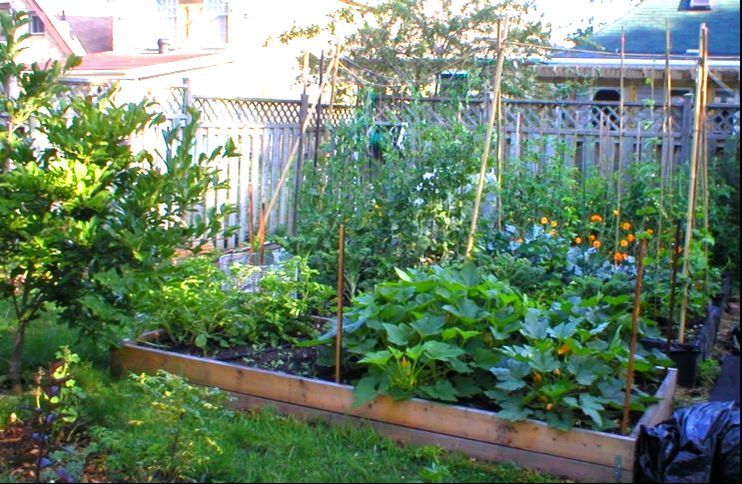
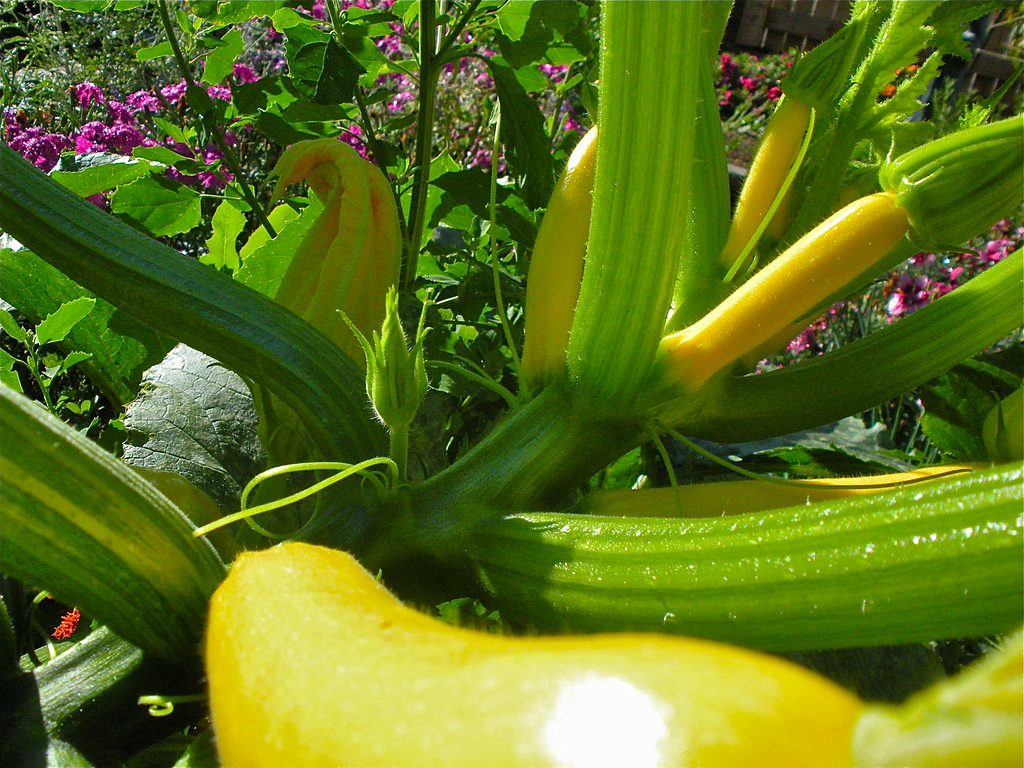
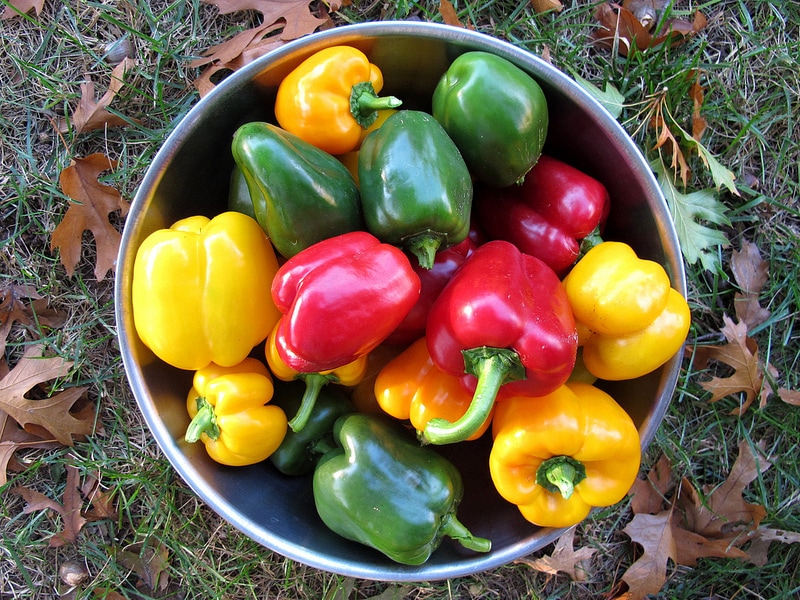
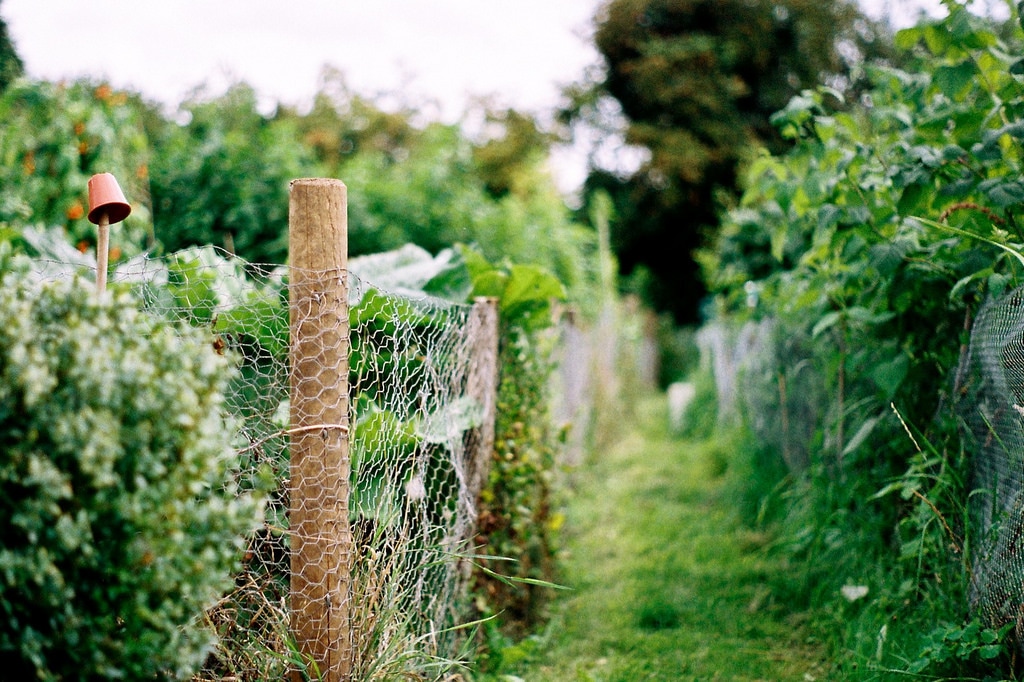


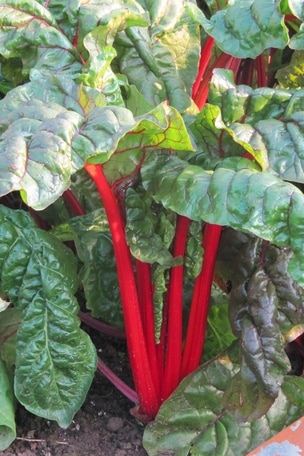
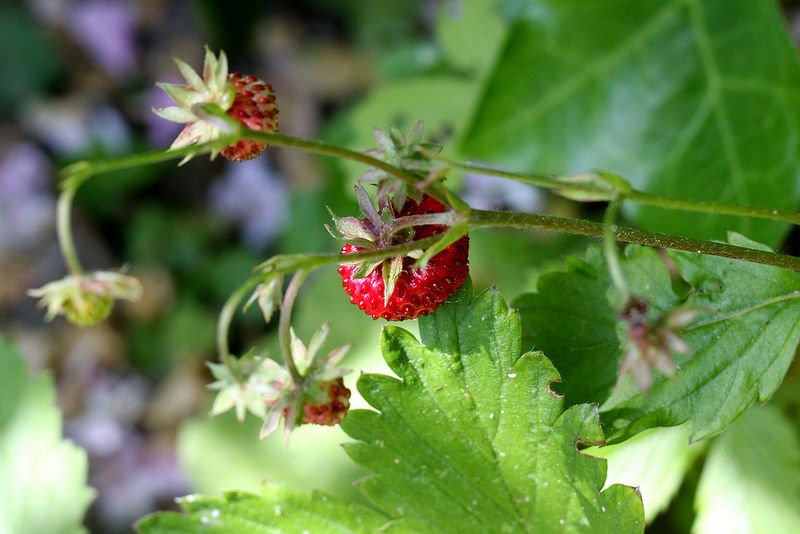
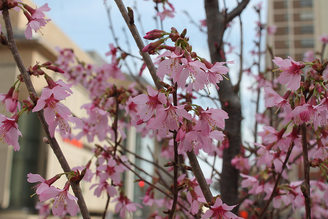
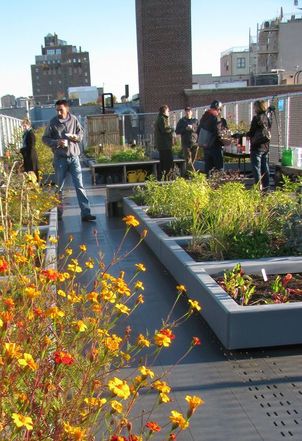
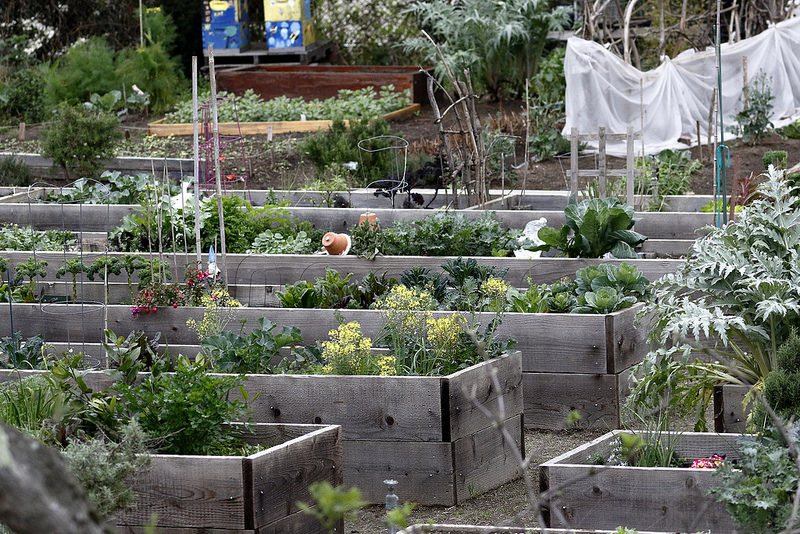
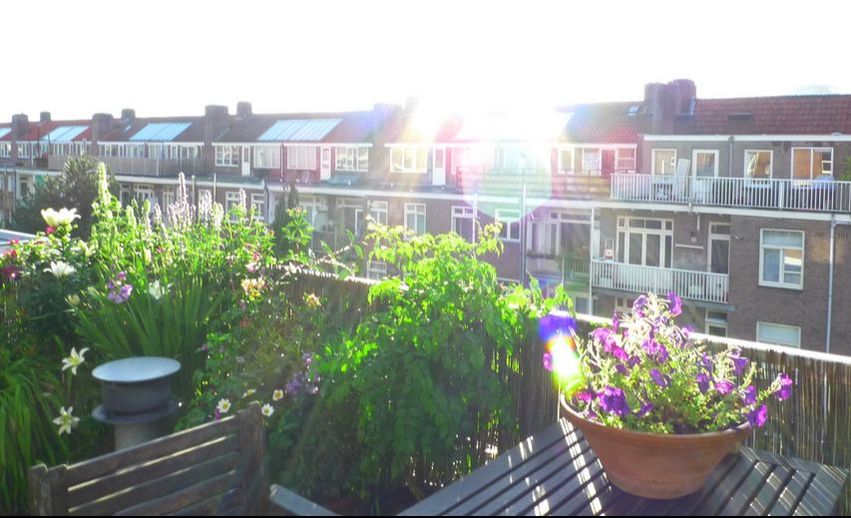
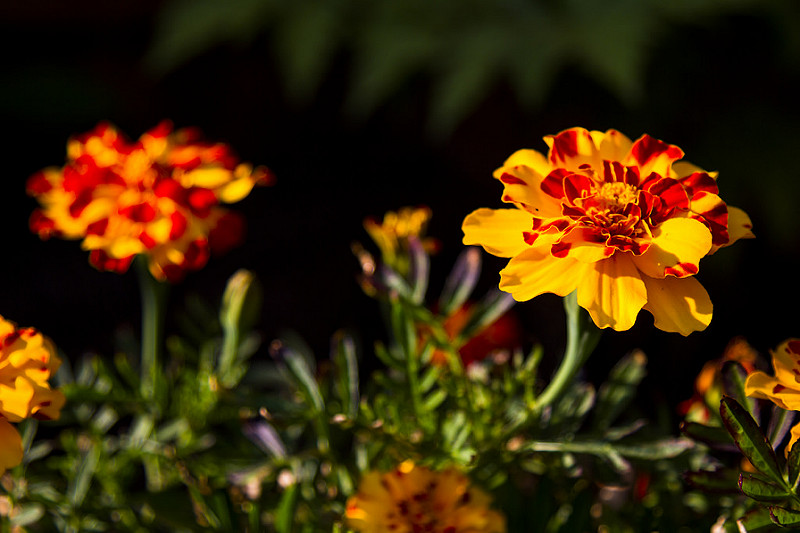
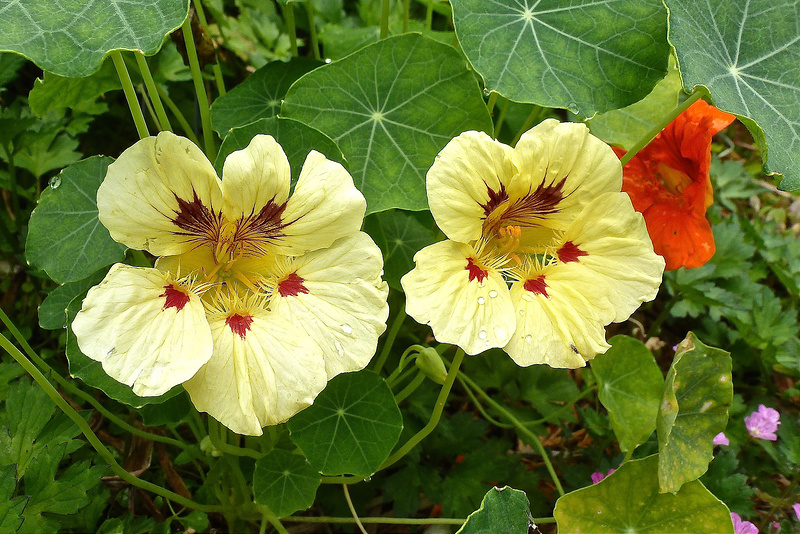
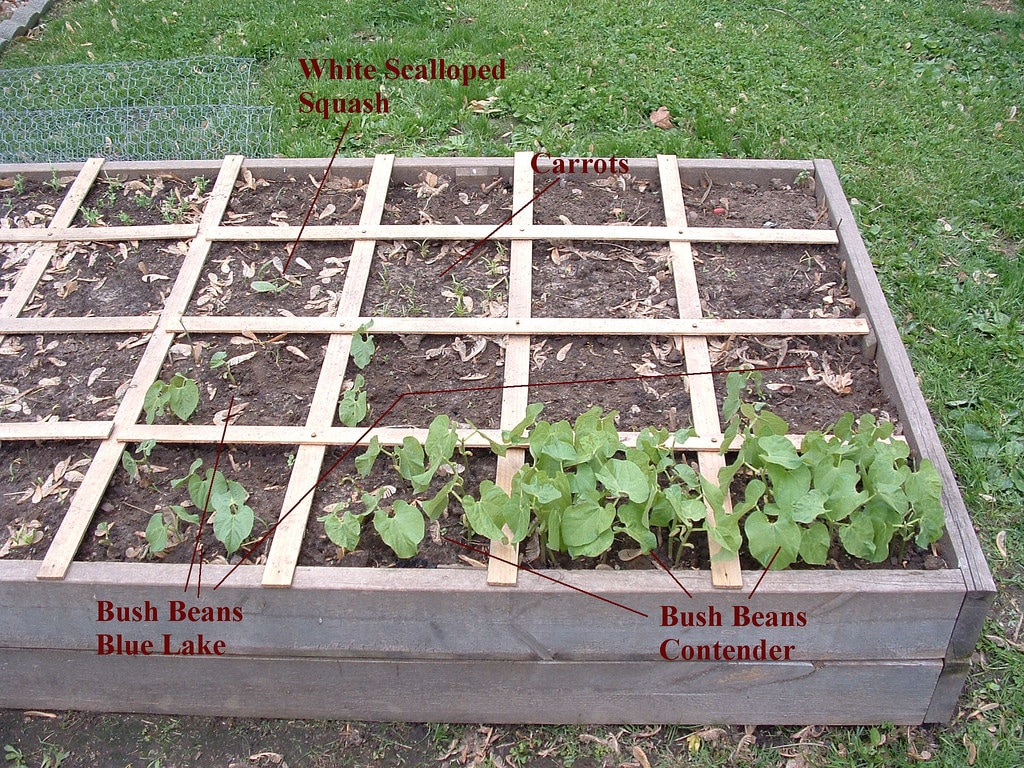
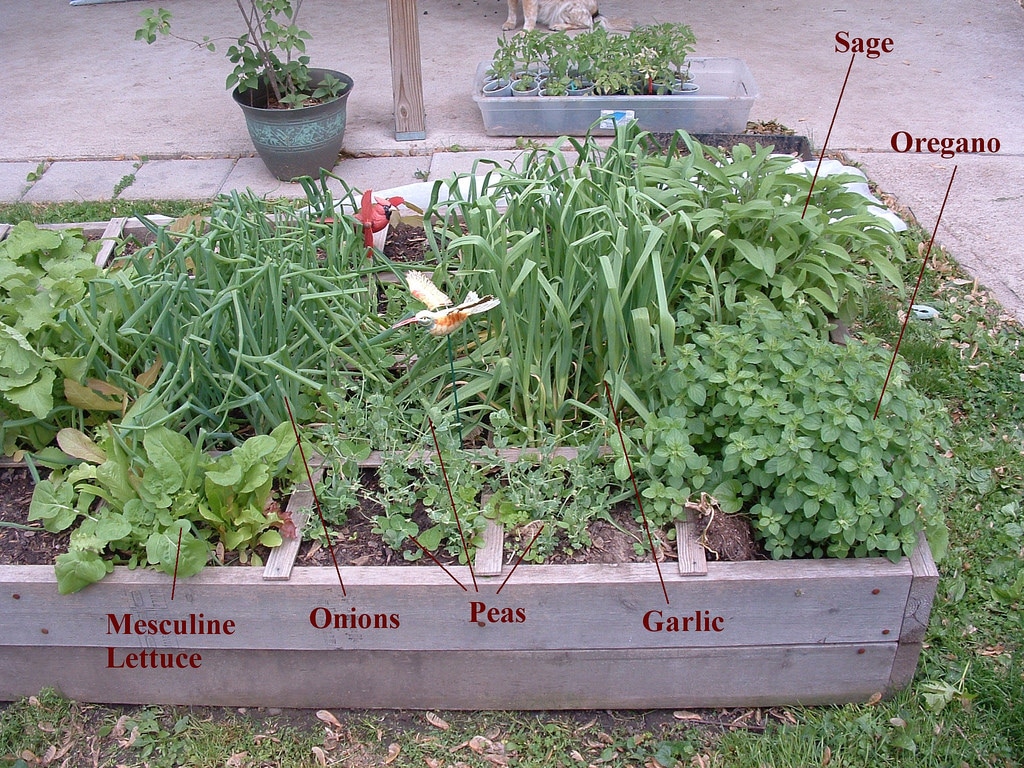
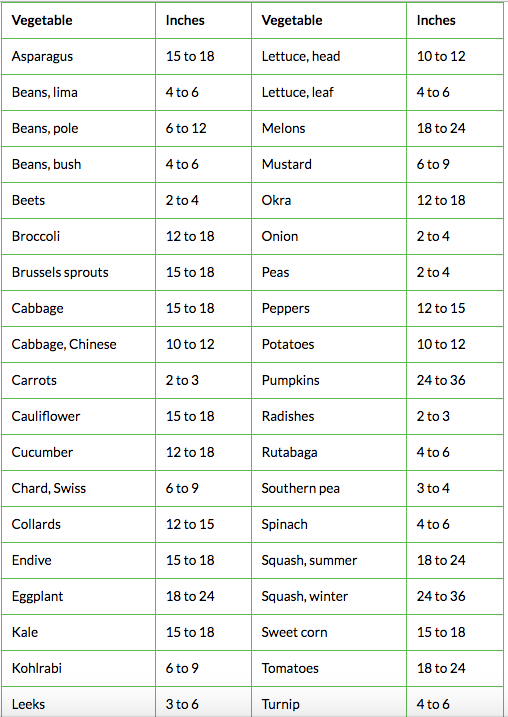

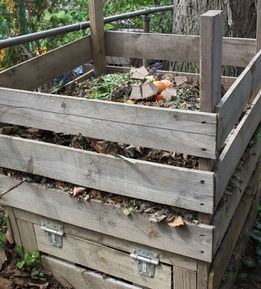
 RSS Feed
RSS Feed